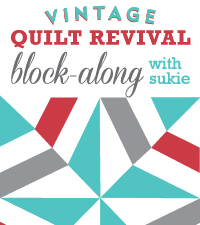Here’s a big thank you to Jan McKinney who showed me how she binds quilts for customers at the Sew and Quilt Shop in Bunnell.
Rather than using a straight stitch, or a zigzag stitch, she uses an adaptation of the multi-point zigzag stitch (or as Bernina calls it, a running stitch) to create a serpentine stitch.

Begin by stitching the binding to the back of the quilt. This is the reverse of how you would do it if you were hand stitching the binding. Fold the binding to the front and select a multi-point zigzag stitch. Lengthen the stitch length and make the width narrower. You’ll need to practice on some samples, but I set my stitch length at 1.6 and my stitch width at 2.0. There are endless variations to try.
Here’s how it looks on the back. I slipped off the edge in a couple of places, but with the serpentine stitch it’s really hard to tell.

Here’s a tip sheet from Bernina about using the running stitch as a quilt stitch.
The results? Three finished baby quilts.






Thanks for this tutorial. There is something to be said for less hand work! And the serpentine stitching line is both secure, and hides any small areas of wandering off the mark. I'll give this a try.
ReplyDeleteFun to see the monkeys again!
ReplyDelete